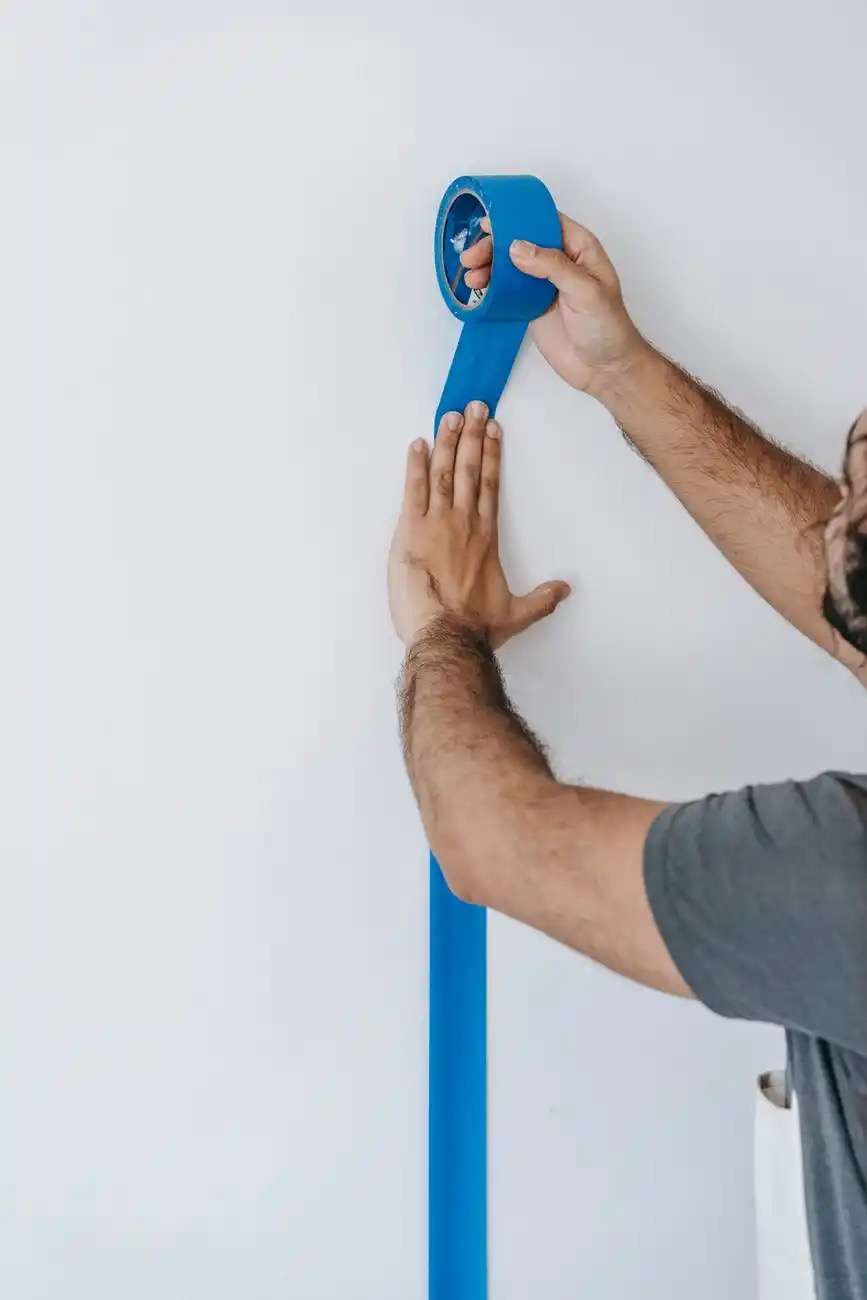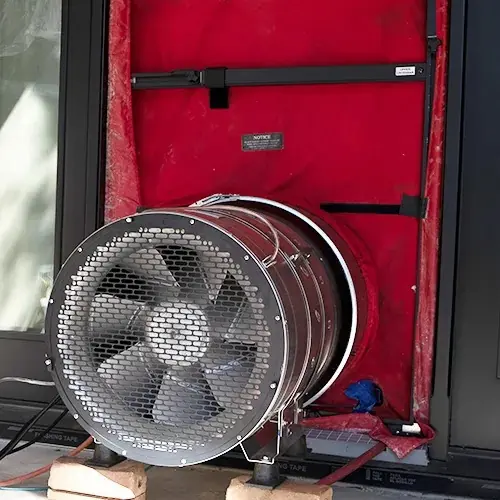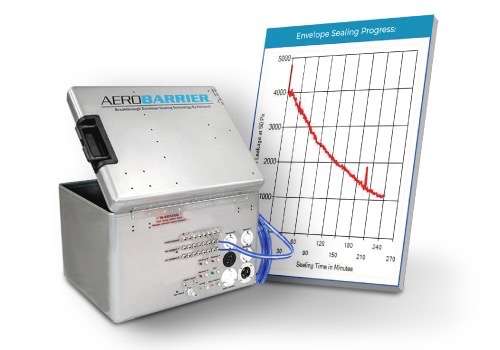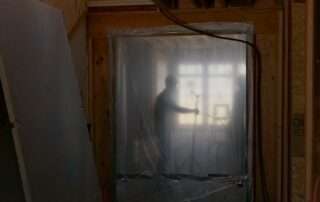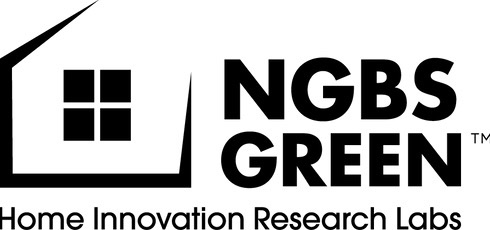Seals gaps and leaks, guaranteed.
Save on Heating and Cooling
Inhanced Interior Air Quality
Premier Energy Efficient Buildings
Airsealing Makes A Difference
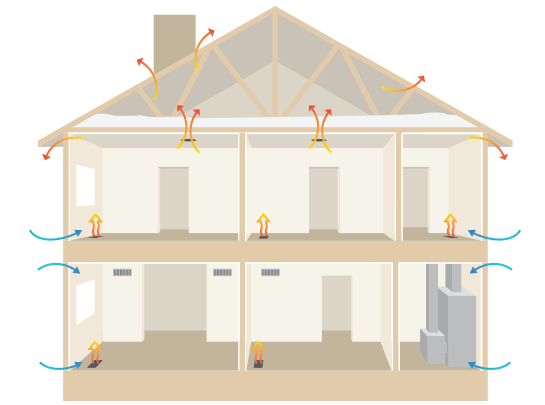
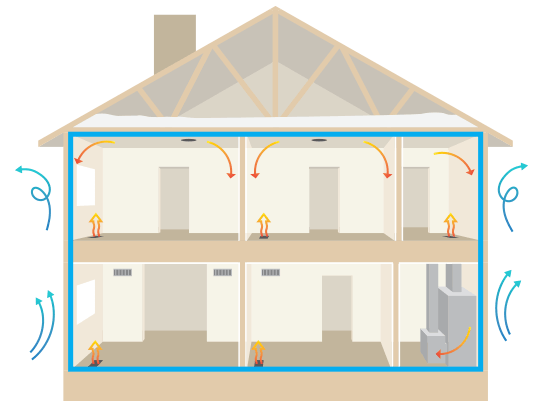
How air sealing with Aeroseal Envelope works
(Before) Winter: Cold air comes into the building and hot air escapes. Summer: Cold air escapes and hot air enters.
(After) Winter: Cold air can’t penetrate the building and heated air stays inside. Summer: Hot air stays out and cold air stays in.
New Builds or Remodels
World class air sealing to any homes
We are able to seal homes at all phases of construction. Whether you are at sheathing or a completely finished interior, we have you covered.
Why Air Sealing Matters
Energy Efficiency
Air leakage, or infiltration, occurs when outside air enters a house uncontrollably through cracks, gaps, and openings. Homes with higher air leakage are significantly less energy-efficient than well-sealed homes. They also require larger HVAC systems to keep the home comfortable. These larger systems must run more frequently to keep up with the temperature changes as the outside air leaks into the house. That’s where home air sealing with Calbarrier comes in.


Unmatched Energy Efficiency:
Aeroseal Envelope significantly reduces air leakage, resulting in lower energy consumption, reduced utility bills, and enhanced overall energy efficiency for the homeowner.
Superior Indoor Air Quality:
A well-sealed envelope ensures that pollutants, allergens, and dust are kept outside, contributing to healthier and more comfortable indoor environments for your clients.
Sustainability and Green Building:
With the growing emphasis on sustainable construction, Aeroseal Envelope allows you to elevate your homes’ eco-friendly features.
Enhanced Home Comfort:
By preventing drafts and cold spots, Aeroseal Envelope ensures consistent indoor temperatures and improved comfort year round.
Versatile Applications

Single Family Homes
For residential applications reduced building envelope leakage means increased durability, reduced mechanical loads, improved energy efficiency, and more economical renewable energy options. Most importantly, this means an increase in comfort and overall indoor air quality (IAQ) within the home.
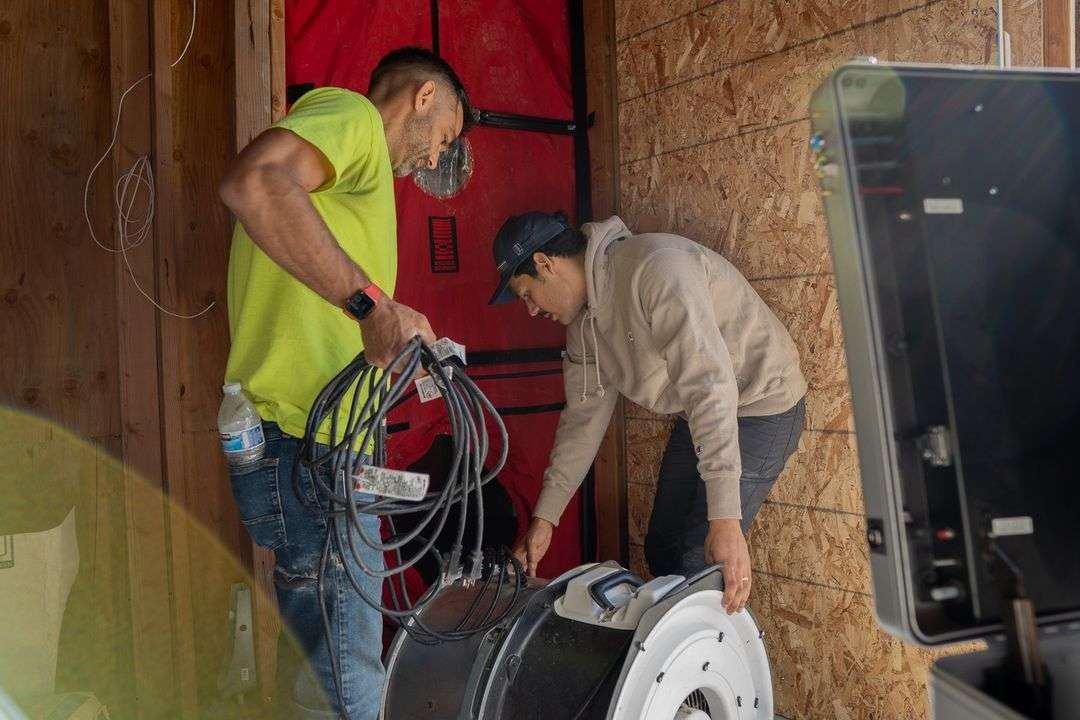
New Construction
In new construction or gut renovation applications, the Aeroseal Envelope air sealing system will accurately seal at any stage from rough-in to move-in. Depending on the climate zone and environment, a builder or homeowner may prefer to have their air barrier post drywall as opposed to pre-drywall, or vice versa. We can discuss the pros and cons of both options with you.
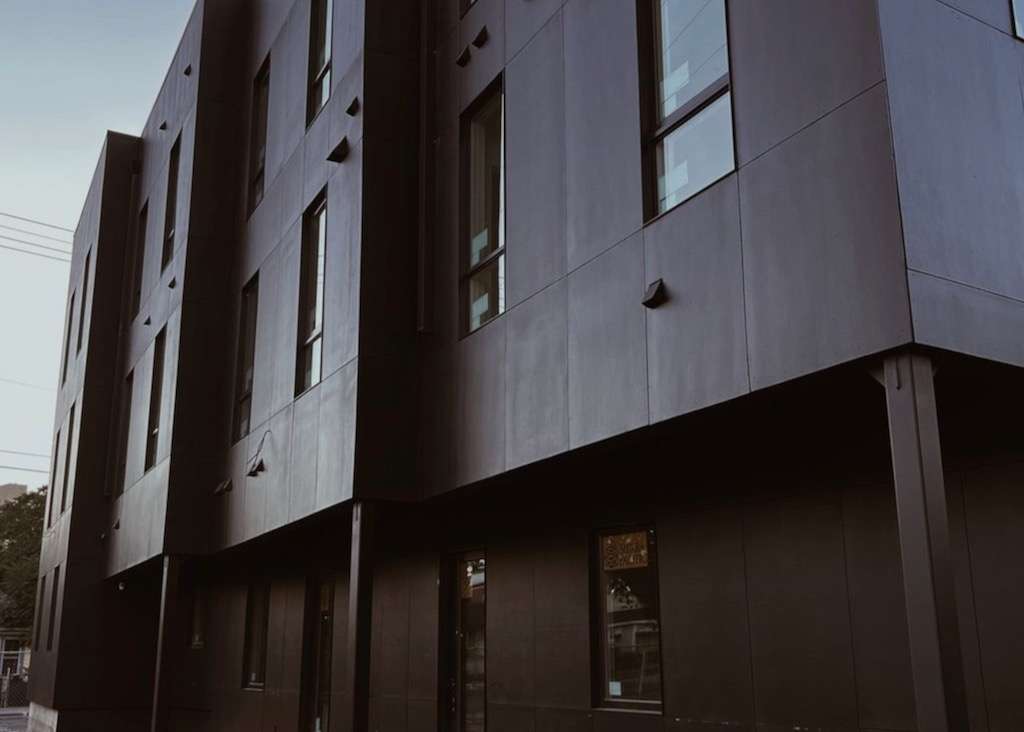
Multi Family Buildings
The Aeroseal Envelope air sealing system is the perfect solution for compartmentalization and multi-family applications. Reducing the amount of air leakage in multi-family buildings also lowers the amount of moisture traveling in the air, decreasing the likelihood of mold and water damage. The end result is potential Title 24 savings.
Free Download
Find out more about why home air sealing matters and how you benefit. Covered in this guide:
- Changes to HVAC sizing
- Better Air Quality
- Your Potential Savings
Don’t miss out on this in depth information!
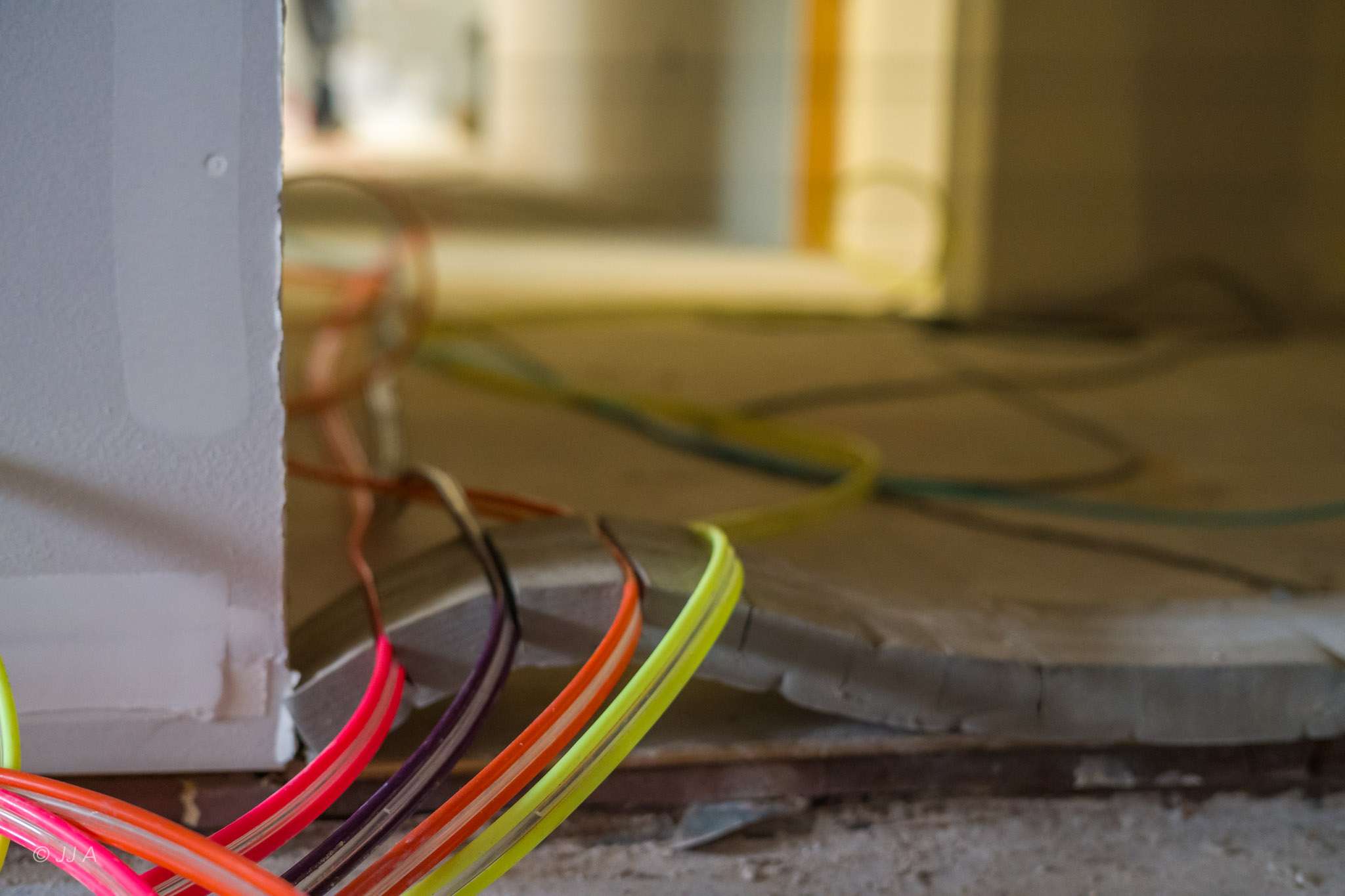
Frequently Asked Questions
A passive home is one that requires minimal heating and cooling. In essence these homes are very energy efficient reducing its ecological footprint. The “Passivhaus” concept was developed in Germany in the 1980’s. It includes superior insulation, airtight construction, high performance windows, ventilation with heat recovery, elimination of thermal bridges or paths where heat can flow through the building, utilization of passive solar heating, energy efficient appliances and lighting, and monitoring that the building meets a standard. As a result, Passive Houses typically use up to 90% less energy for heating and cooling compared to conventional buildings.
ACH50 stands for air changes per hour at 50 pascals of negative pressure. Pascals are a standard unit measure of pressure comparable to pounds per square inch (PSI). ACH is a calculation of the cubic volume of space divided by air volume moving in and out per hour. For ACH50, a blower is used to measure the infiltration of outdoor air into a structure to compare the relative “tightness” of that structure. The measurement used is 50 pascals of negative pressure in reference to outside pressure. A higher number means that more air can infiltrate the structure (loose), whereas a low number means less air can infiltrate (tight). This number doesn’t reflect air moving in and out of the space when it isn’t pressurized.
Aeroseal Envelope is an interior applied air sealing system that seals building envelope leaks up to 1/2″. The waterborne sealant is aerosolized and injected into a pressurized home. The sealant is self-guided to the edges of visible and invisible leaks to create a seal by accumulating across the leaking surface. The sealant is applied within 60-90 minutes and dries quickly before system cleanup is complete. This ensures construction can resume shortly after the process is complete with little to no impact on standard construction schedules. The Aeroseal Envelope system measures envelope leakage in real-time, enabling the system to dial in specific air leakage requirements with precision and guarantee the results.
Aeroseal Envelope seals holes as large as 1/2”, and as tiny as human hair. Aerosol sealing is extremely effective at sealing narrow gaps and extremely small holes that are typically not cost-effective to seal manually, or that are missed using manual sealing techniques.
Aeroseal Envelope has sealed houses to as low as 0.19 ACH50. But the value is in the system’s ability to allow builders to seal a home as tight as it is designed for. Aeroseal Envelope can meet any IECC, Passive House, LEED, Well Standard, ENERGY STAR, or Net Zero requirement.
A home that is too tight can be a bad thing if the space isn’t designed for that level of tightness. The popular saying “build tight, ventilate right” applies here and works both ways. Building tight without proper ventilation could cause issues with indoor air quality (IAQ) in the space. On the flip side, a leaky home with proper ventilation could cause the mechanical system to not work as it is designed. Because Aeroseal Envelope can dial in the desired tightness of the space it removes the guesswork and ensures that the home is only as tight as the space is designed for.
Third-party lab testing reveals Aeroseal Envelope withstands a simulated 50-year durability test, with little or no seal degradation.
Yes, but not during application. If a technician has to enter the space while it is being sealed, they wear personal protective equipment (PPE). After the sealing is complete, the area is safe to enter without protective gear within 20 to 30 minutes.
The area needs to be aired out for 30 minutes after the sealing is complete. This is done by opening doors and windows while running the fan. During this time, the sealing equipment and coverings are removed.
Yes, our installation crew wears a respirator, eye protection, and gloves as well as protective clothing.
Simply put, there is no such thing as a home being too tight or that a home should breathe. However, there can be a situation where a home is not properly ventilated for the tightness of the home. If a homeowner does not wish to have a ventilation system installed, we can seal the home to a level far beyond code mandates but that will not require ventilation systems.
Latest from the blog
What Are the Costs of DIY vs. Professional Air Leakage Insulation?
Deciding between DIY and hiring a professional for air leakage insulation is more than just a choice—it's a strategic decision that affects your comfort, energy efficiency, and wallet. Let's unpack the costs and considerations involved in both approaches to help you make the most informed decision for your home. This page will help you answer the question what are the costs of DIY vs. professional air leakage insulation. Understanding Air Leakage Insulation First off, why is air leakage insulation so important? Simply put,[...]
We Offer Our Services To The Entire Bay Area and Sacramento Metropolis
Area We Service
Area We Service

